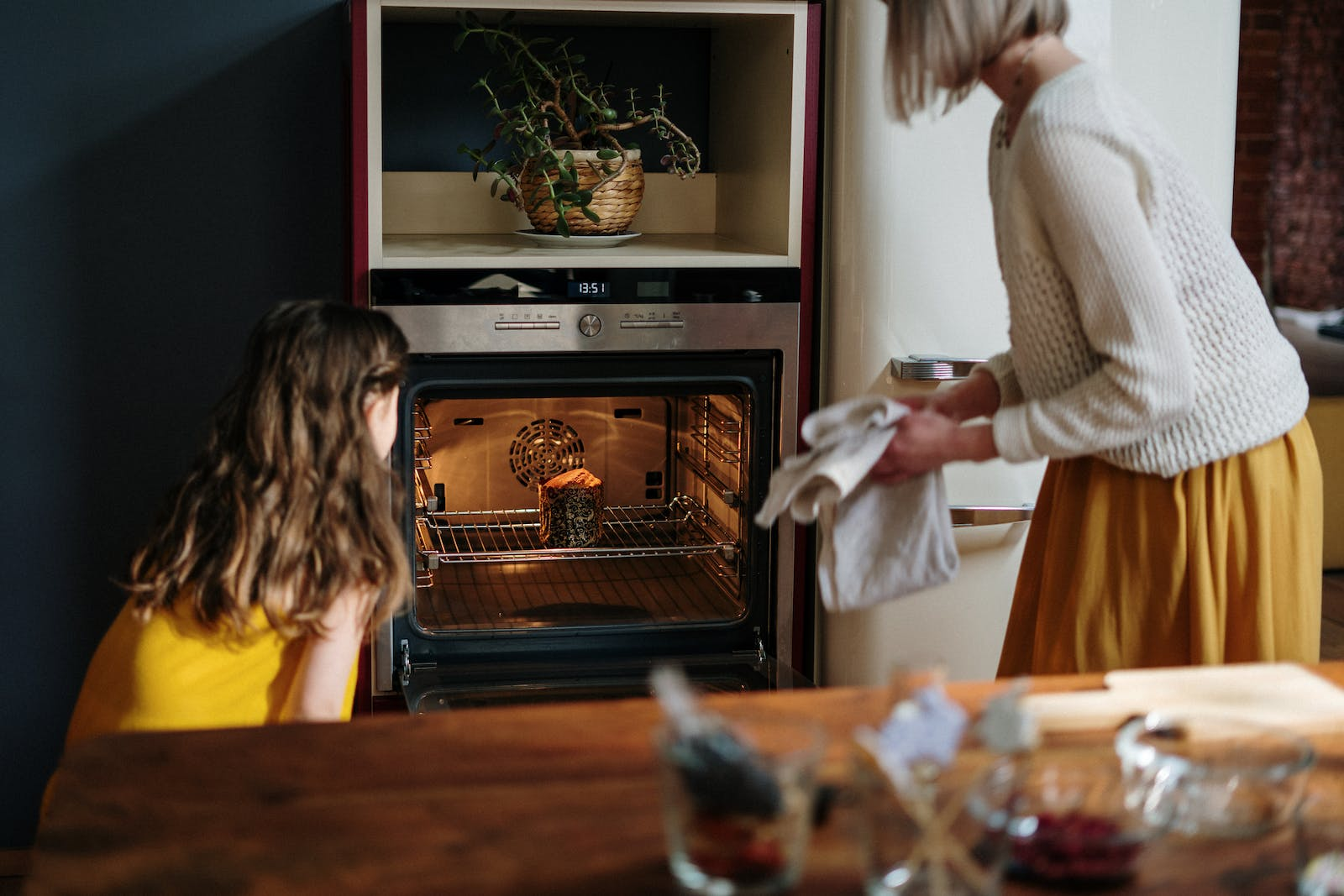When it comes to replacing a thermostat for your oven, the costs can vary significantly, depending on various factors such as the oven’s type, model, brand, and quality of the thermostat. It’s essential to carefully consider your options before making a purchase. In this guide, we’ll delve into the factors that influence the cost of a new oven thermostat, compare prices across different brands and models, and provide valuable tips on how to make a cost-effective purchase.
Types of Thermostats for Ovens:
Choosing the right thermostat for your oven can be a daunting task, given the plethora of oven types and sizes available. Each oven requires a specific thermostat for oven type to regulate its temperature effectively. Here are the main types of thermostats used in ovens:
Mechanical Thermostats:
Mechanical thermostats are the most commonly found type in ovens today.
They rely on a bimetallic strip that expands or contracts based on the oven’s temperature.
The strip adjusts a needle valve, controlling gas flow or regulating electrical current for electric models.
While reliable and straightforward, mechanical thermostats do not offer precise temperature control and are best suited for traditional gas-fired ranges or electric stoves where precise settings aren’t crucial.
Electronic Thermostats:
Electronic thermostats employ solid-state technology, including thermistors, thermocouples, or heat sensors.
They can accurately measure oven cavity temperatures within a single degree Fahrenheit (0.5 degrees Celsius).
Electronic models offer precise temperature control, making them suitable for ovens where accurate temperature settings are essential.
Digital Thermostats:
Digital thermostats enhance temperature control further by providing clear digital displays.
They allow users to set and monitor specific temperatures, making them ideal for precision cooking in both home and professional kitchens.
Programmable Thermostats:

Programmable thermostats offer advanced features that allow users to set and save temperature profiles.
These profiles can be used to automate cooking cycles and achieve specific cooking results.
Cost Considerations:
Understanding cost considerations is crucial when making significant purchases. Whether you’re buying an oven thermostat, a car, or any other substantial investment, knowing all the costs associated with the item is essential.
Fees and Taxes: It’s important to be aware of all fees and taxes associated with the purchase. These may include sales tax, transfer fees, delivery charges, and installation service fees. Be mindful of potential hidden costs that may not be evident upfront.
Budgeting: Creating a budget is vital when considering cost considerations. Take into account your current financial situation and ensure that the purchase aligns with your budget without compromising other financial priorities, such as emergency savings or retirement funds.
Ongoing Expenses: Don’t forget about ongoing expenses associated with the item after purchase. This may include regular maintenance and repair costs, so it’s crucial to factor these into your budget.
Factors Influencing Price:
The pricing of goods and services is influenced by a range of factors that businesses must consider to set prices that maximize their profits. Some of the primary factors include production costs, competition, market demand, and customer perception.
Production Costs: The costs associated with producing a product or service are among the most significant influences on price. Higher production costs often lead to higher prices. Factors such as labour costs, raw materials, shipping fees, and overhead expenses can affect production costs and, consequently, pricing.
Competition: The presence of competitors in the marketplace significantly influences pricing. Companies must consider the prices charged by other businesses for similar products or services. Failure to adjust prices in response to market competition can result in losing customers.
Market Demand: The level of demand for specific products or services affects pricing. When demand is high, companies can often charge higher prices. Conversely, when demand is low, prices may need to be reduced to stimulate sales.
Installation Costs:
The process of installing a new product or system in your home or business can be exciting, but it’s important to be aware that installation costs can add up quickly. The complexity of the project can significantly affect the final cost, potentially ranging from hundreds to thousands of dollars. To ensure you stay within budget and avoid unexpected expenses, it’s crucial to understand installation costs and how to manage them effectively.
Installation Costs Defined:
Installation costs encompass all fees associated with setting up or installing a product or system in your space. This includes charges for labour provided by technicians who perform the installation, as well as the cost of supplies required for the job, such as wiring and mounting materials. Installation costs can vary greatly based on what is being installed and where it is being installed, whether inside walls or outdoors.
Factors Affecting Installation Costs:
Several factors can affect installation costs, including the complexity of the product or system being installed, the location where the installation is taking place, and the need for specialized skills.
Complexity: The type of product being installed plays a significant role in determining installation costs. More complex setups may require additional time and expertise, potentially increasing costs.
Location: The location where the installation is occurring can also affect costs. Some areas may be harder to access or require more time and effort, impacting the overall price.
Specialized Skills: For installations requiring specialized skills, such as electrical or plumbing work, the need for trained professionals may result in higher costs.
Conclusion:
In conclusion, the cost of a new thermostat for your oven can vary significantly based on the oven’s make and model. Generally, prices for oven thermostats range from $20 to $100. It’s crucial to conduct research before purchasing a new thermostat, as some models may be more expensive than others. A high-quality thermostat should offer long-term durability and energy savings, making it a wise investment in the long run.